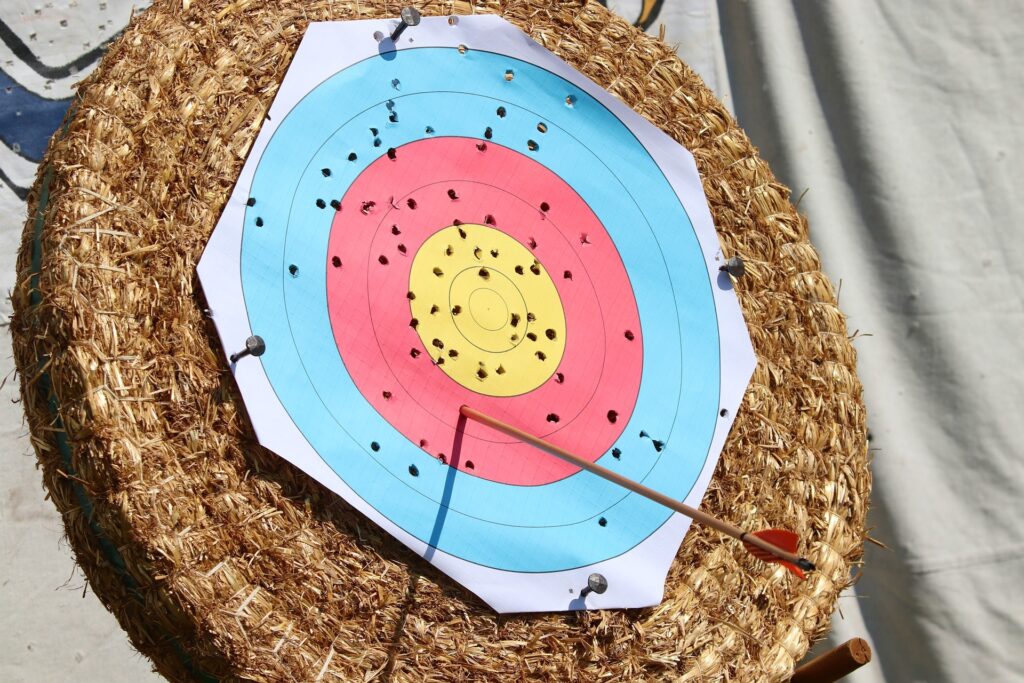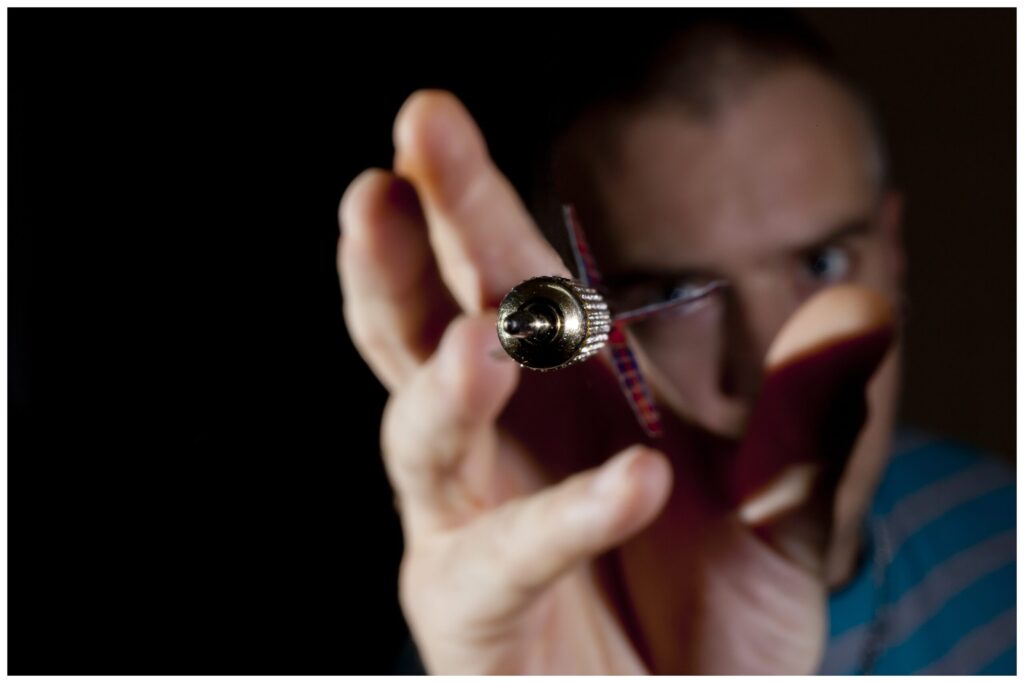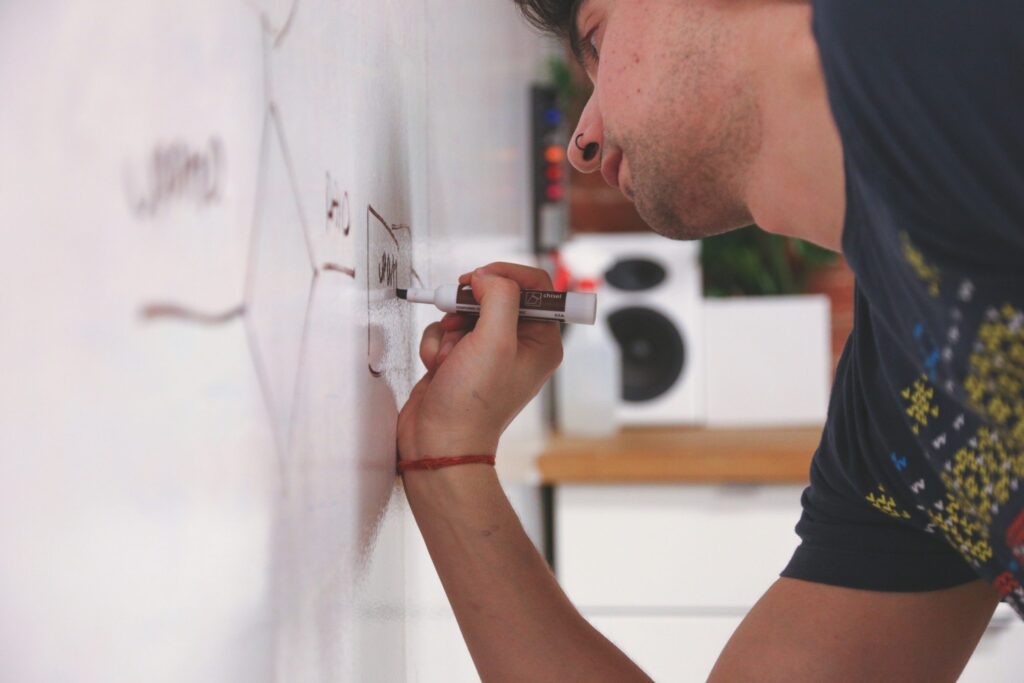Getting it Right by Doing Things Wrong

This post has been updated and re-posted from an earlier version.
A sometimes-heard phrase around the Academie is “doing things wrong will help you figure out when something’s right.”
This is an often-understood but rarely appreciated concept. Truly understanding when things are most-definitely wrong will provide a deep understanding about when things are right.
Think of all the things that you’re doing right. Now here’s a question: how do you know they’re right?
I’ll clarify what “right” means. Doing things right in the context of fencing means that you’ve done your two jobs: you’ve defended well and you’re in a position to strike. More on this in a other posts.
I find it valuable to do—even things that I believe are done properly—purposely incorrectly (that is, I know it’s wrong and I’m doing it wrong on purpose) every now and again so that I can tune them to where they really need to be. Granted we can all be pretty certain when we’re doing something especially poorly. It’s the last 5% (or whatever) that can give us difficulty. Still, I find that moving through a state of “definitely wrong” can really help me to find what’s right.
Here’s a simple example that everyone can practice:
- Student steps to misura larga and finds the Instructor’s sword on the inside
- Instructor disengages to strike on the outside
- Student strikes through seconda in contratempo
Where you can really play around is in step 3. Try having your tip so off-line that you have no hope of striking in contratempo: all you’ll do is parry. As you change the angle of your sword you’ll find, among other things, new opportunities may present themselves (a strike in dui tempi, for one). As you get even more precise with your movement you’ll begin to make the changes that you need to perfect your action so that you’re striking safely in contratempo.





Responses